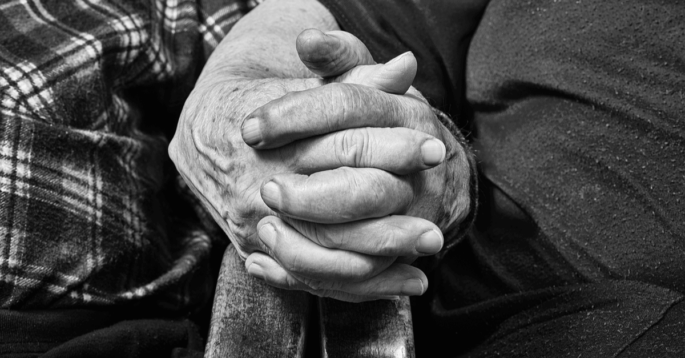Overcrowding in Illinois nursing homes caused more Hispanic and Black residents to die of COVID-19 when compared to residents of other races, according to a new report. Other studies also found that overcrowding and racial disparities led to more COVID-19 deaths among minorities in nursing homes.
New Report Sheds Light on Overcrowding, Racial Disparities in Nursing Homes
According to a recent report from the Illinois Department of Healthcare and Family Services, Hispanic and Black nursing home residents in Illinois died from COVID-19 at above-average rates. The report stated that this was likely due to overcrowding at the nursing home facilities.
Black and Hispanic residents were more likely to be living in shared rooms with three or four people, increasing the risk of contracting COVID-19. Sadly, Illinois is not the only place affected by the effects of overcrowding and racial disparities in nursing homes and COVID-19 — both issues have played a role in the amount of deaths that have occurred across the country.
This phenomenon also took place outside of nursing homes — Black and Hispanic Americans were more likely to contract COVID-19 and have serious complications, including hospitalization or death. Older people of color were at the highest risk and unfortunately often had lower levels of resources available to them to help fight the disease and reduce spread.
COVID-19, Racial Disparities, and Nursing Homes
Recent data suggest that nursing homes with higher minority populations might be at a greater risk of COVID-19 infections and deaths.
A six-month study published in the Journal of Post-Acute and Long-Term Care Medicine in mid- to late-2020 found that nursing homes with more Black and Hispanic residents reported higher death rates in the summer of 2020.
Another study published in the Journal of the American Medical Directors Association in 2021 found that nursing homes with more minorities had higher COVID-19 death rates than primarily White nursing homes. The authors of the study noted that systemic racism likely played a role in limiting access to proper care during the pandemic.
The findings of these studies align with other research that indicates Black and Hispanic Americans have less wealth and access to fewer resources than White Americans. That can mean reduced ability to access a doctor after contracting COVID-19 or an inability to practice social distancing because they are living in overcrowded, understaffed facilities.
COVID-19 & Nursing Home Overcrowding
Overcrowding also played a role in the spread of COVID-19 in nursing homes. The Illinois Department of Healthcare and Family Services found that Medicaid nursing home patients with three or more roommates had much higher risk of COVID-19.
Unfortunately, these patients were also more likely to live in understaffed facilities. Hispanic and Black residents were at the greatest risk of living in an overcrowded, understaffed facility. Research indicated that 40% more Hispanic and Black residents died in nursing homes when compared to the average death rates due to these factors.
However, overcrowding was not just an issue in Illinois — a study in Ontario, Canada found that overcrowding in nursing homes led to higher COVID-19 death rates there as well.
The study found that nearly 10% of nursing home residents who lived in facilities with shared bedrooms were infected with COVID-19, compared to less than 5% in facilities with single bedrooms. The death rate in the more-crowded facilities was 2.7%, while it was just 1.3% in the less-crowded facilities.
Ultimately, both understaffing and overcrowded facilities can lead to both higher rates of COVID-19 and a reduced capacity for treating the disease after it is diagnosed.

